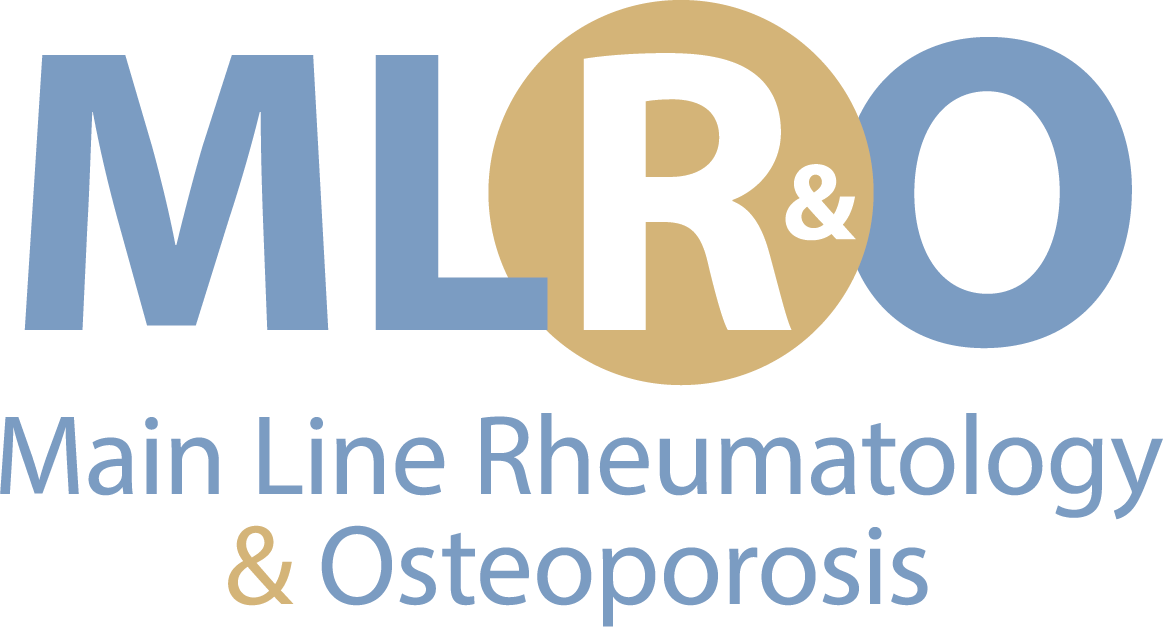 Drug costs continue to rise and Americans continue to feel the pain in their wallets.
Drug costs continue to rise and Americans continue to feel the pain in their wallets.
A nationally representative Consumer Reports survey of almost 1,200 adults who currently take a prescription drug, found that high costs are forcing people to cut back on housing or groceries, stay in jobs longer-delaying retirement, stay in jobs they cannot stand, or take on a second job. People can feel so desperate that they sometimes make potentially dangerous choices, such as rationing or stop taking the medication for periods of time.
As prescribing physicians, we know that Americans spend more on drugs than people in any other country. As a rheumatologist, I know that many diseases and ailments can only be treated with certain medications, so patients get better and have an appropriate quality of life. We stay informed with breaking news and drug cost statistics while make every attempt to prescribe medication conscientiously, keeping in mind purpose. But as doctors and not drug sales reps, or pharmacies, we frequently don’t know drug costs. Our practice learned that back in 2016, total drug costs went up 6.3% compared with the year before, about three times the rate for other goods and services, according to the Department of Labor. According to this report, out-of-pocket drug costs are still rising; from $25 billion in 2000 to a projected $67 billion in 2025!
The bad news is that nothing stops drug companies from charging the highest prices that the market will bear. According to AARP, (https://www.aarp.org/health/drugs-supplements/info-2017/rx-prescription-drug-pricing.html) prescription drug prices in America are among the highest in the world. Why do other countries (like Canada) negotiate better with drug companies, and the U.S. allows drug companies to set their own prices? The US government allows “government-protected monopolies” for certain drugs, preventing generics from coming to market to reduce prices. Sometimes, state laws and other “well-intentioned” federal policies limit generics’ abilities to keep costs down. The FDA takes a long time to approve generic drugs, and studies show that there are often three to four year waits before generic manufacturers can win approval to make drugs not protected by patents
A drug manufacturer holds patent rights on a new drug. That gives the manufacturer a monopoly on the drug for the 20-year life of the patent. During that time, the manufacturer can raise the price as frequently and as much as the market will bear. It’s about supply and demand. When the demand for a drug is high, drug companies raise prices. When it’s a new drug with plenty of advertising dollars behind it, and consumers see TV commercials promising a cure, drug companies charge premium prices.
Here are some factors that also drive up drug costs:
Patent law. Pharmaceutical companies strategize how to extend their monopoly on a drug beyond the expiration of its original patent, seeking approval for a “new” product that is a slight variation on the original. The longer that a drug company maintains its monopoly, the longer it can continue to charge whatever it wants.
Limits on Medicare. One of the largest purchasers of prescription drugs, Medicare is blocked by law from negotiating prices. When Congress was debating the law that created Medicare Part D (which took effect in 2006), lobbyists from the pharmaceutical industry convinced legislators that giving Medicare negotiating power would amount to price control.
Multiple middlemen. When you pick up a drug at the pharmacy, you don’t know its real price; that is established between the manufacturer and your insurer. You just pay the agreed-upon copay rate.
There is nothing illegal with any of this: publicly owned corporations, pharmaceutical firms focus on their bottom line and do whatever they want.
How can you “shop” drug prices? We know that if we need a new stove, we shop around and pick the best model at the price we can afford. This creates competition that keeps pricing competitive. Not so with prescription drugs! Doctors and health care providers don’t always have pricing for various drugs available, so they themselves cannot comparison shop. Most doctors write prescriptions for the drugs they know work well, and believe it or not, the Food and Drug Administration (FDA) doesn’t require drug companies to prove that their new products are better than existing products.
There is some good news. Twenty-Four States Passed 37 Bills to Curb Rising Rx Drug Costs in the Short 2018 Legislative Session. https://nashp.org/twenty-states-passed-37-bills-to-curb-rising-rx-drug-costs-in-the-short-2018-legislative-session/
The bottom line, is consumers need help with their prescription drug costs TODAY. An educated consumer can ask their doctor, “What does this drug cost?” and then comparison shop until the US government takes responsibility. A rheumatologist can hope.

